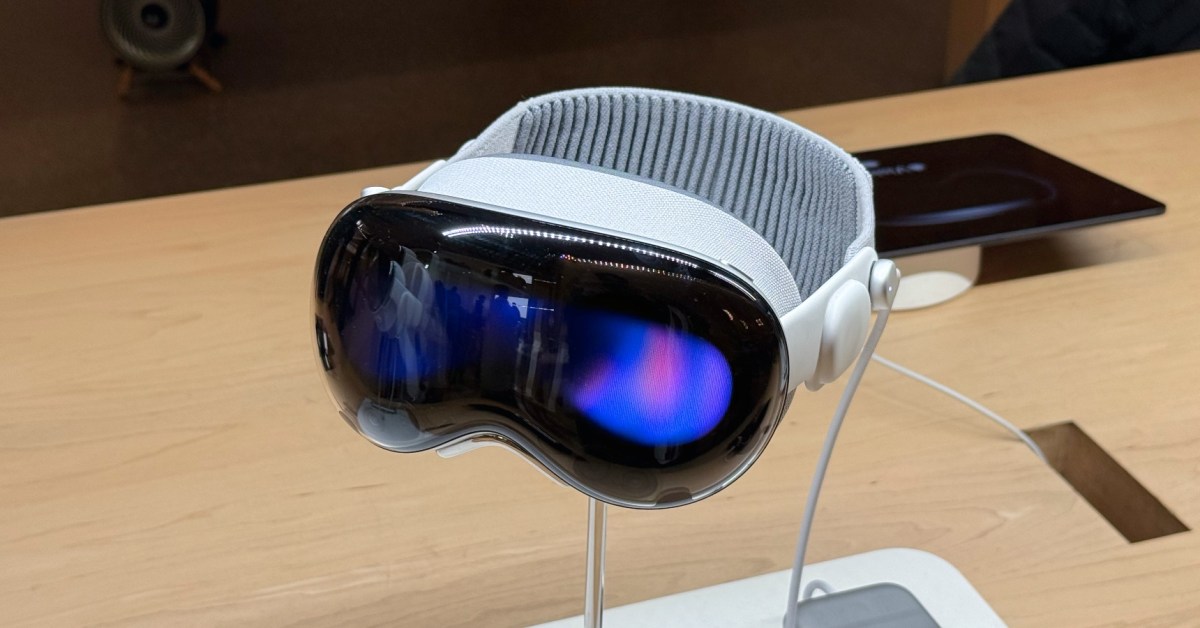
Next-gen Apple Vision Pro expected by late 2025 or early 2026
- 4 hours ago
- bgr.com
- Keywords: successor, successor
Apple is reportedly developing two next-generation Vision Pro successors, including a lighter, more affordable model and a powerful Mac-tethered version, with releases potentially arriving by late 2025 or early 2026. Rumors suggest the new devices may feature a thinner design, titanium components, and a dark graphite blue color, though details remain scarce.